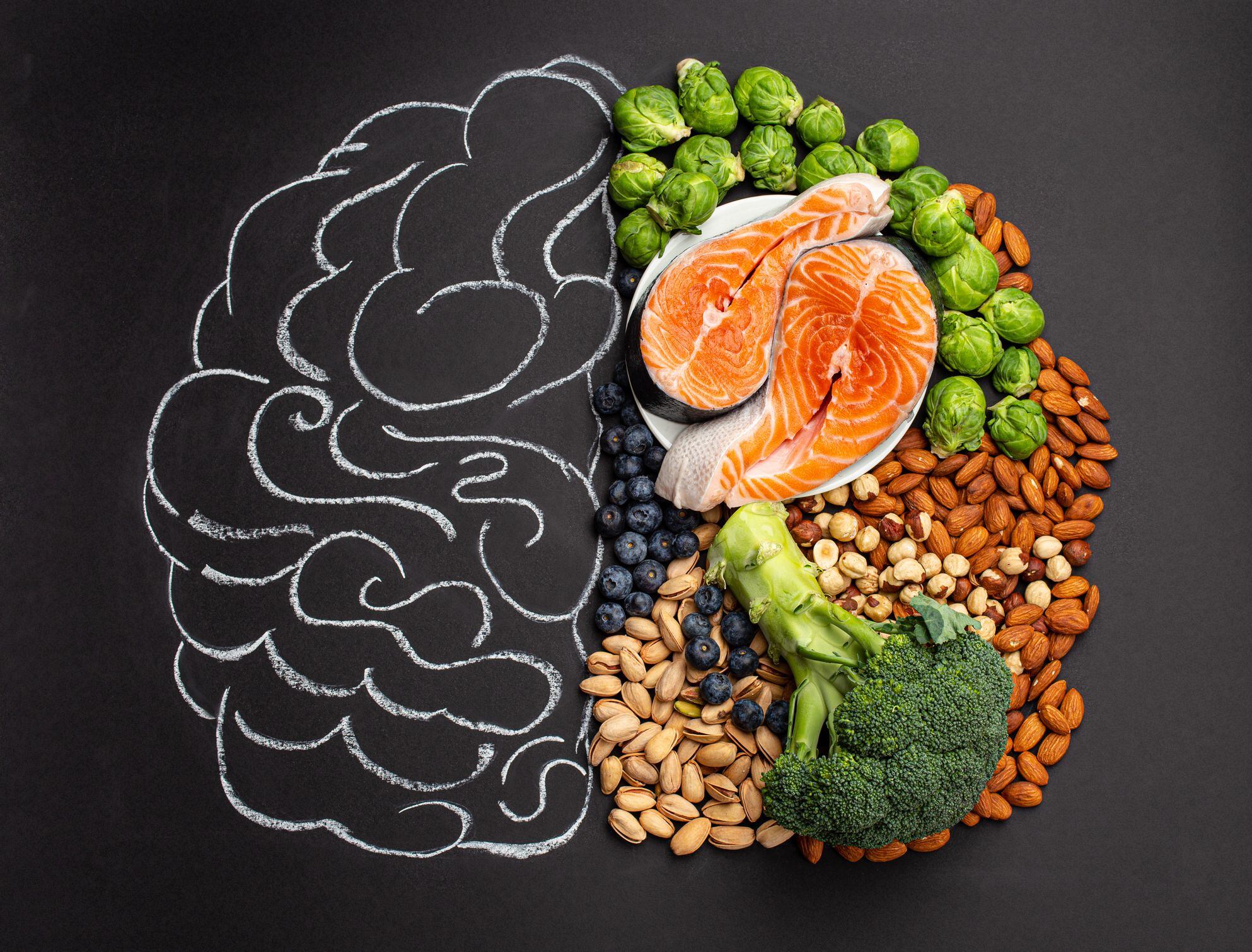Lessons from Montreal
Exactly 20 years ago, we moved to Montreal for my husband’s first international assignment. We lived there for two years, and it’s where my daughter was born. Interestingly, she chose to attend college in her hometown, which recently brought me back to the city. I helped her move into an apartment near the Loyola Campus of Concordia University and spent three weeks there with her. It was a wonderful experience—seeing how the city has evolved over the years to become a vibrant example of what a greener, more sustainable future can look like for our urban areas—and our planet.
Big and Old
Montreal is no small town. It’s a nearly 400-year-old metropolis with over 2 million people living on its island. Like many urban centers, it faces the familiar challenges of congestion, population growth, and climate concerns. And yet, during my recent time there, I witnessed something remarkable: a city actively reimagining itself with sustainability at the forefront.
A City in Motion—Sustainably
Twenty years ago, traffic was a challenge and still is a reality in Montreal (as in every big city), but some things are changing. The city’s public transportation system is top-notch, it has always been, with a subway network that connects seamlessly to electric trains and hybrid buses. It’s easy to get around without a car. In fact, many people don’t drive at all. With the difficulties with parking and old, thin streets and avenues, public transportation is very appealing.
Montreal is also highly walkable and increasingly bike-friendly. New bike paths crisscross the city now, and rental bikes are available every few blocks, making it simple and safe to cycle just about anywhere. This isn’t just a convenience—it’s a lifestyle shift, and it signals a broader commitment to reducing the city’s carbon footprint.
Urban Green, Rooted in History
It’s incredible to think that the city’s forward-thinking urban design traces back to its French settlers, led by Paul de Chomedey de Maisonneuve and Jeanne Mance. Their vision lives on not just in the architecture but in the relationship between people and nature. Montreal is full of mature trees, and parks are everywhere, often within walking distance, no matter where you are.
One of my favorite spots was Parc Benny in the Notre-Dame-de-Grâce neighborhood, where I rented an Airbnb. Every morning, I walked there to do my morning routine. I found the perfect spot to watch the sunrise, with a picnic table to write my morning pages and a quiet spot behind some bushes to meditate and do my yoga. The park was empty and peaceful in the mornings, but in my evening walks, I saw dozens of people—kids, teens, and adults—gathering at its grounds.
For you to have an idea of how big this park is, the skatepark alone is 1,800 m². There is also a splash pad, a playground, walking trails, a baseball field, and a community center with an Olympic indoor pool and a basketball court. But beyond recreation, these parks serve as essential green lungs for the city, offering an opportunity to connect with nature and neighbors.
Parc Benny is also part of the MicroForest project, which aims for the compact plantation of trees and shrubs on public property. It is one of the winning projects of the second edition of the city’s participatory budget. The project is in phase 2 – an addition to the 15 first ones that were planted as part of the first edition of the participatory budget. They are meant for areas that have less vegetation and include 7 boroughs, with a budget of $4.1 M! Again, vision and community engagement.
Gardens That Grow More Than Food
What struck me the most, though, was the number of community gardens. Nearly every school, park, and community center had one. Apartment buildings had raised beds; homes had vegetable gardens in addition to flower beds. This isn’t a trend—it is a movement. I was so happy when I accidentally ran into the huge mind.heart.mouth-ACT Living Lab Gardens situated on Concordia University’s property, where students and members of the community are invited to use the space to relax, read, write, and draw. A beautiful project idealized by Andrea Tremblay, a doctoral student in the INDI program at Concordia University.
Community gardens are more than just places to grow food. They:
-
Promote sustainability by reducing food miles
-
Encourage organic practices
-
Foster community bonds
-
Educate future generations
-
Offer food security and accessibility
Montreal even has a separate composting system—turning kitchen waste into valuable soil for these gardens. It’s a circular system that makes sense for the planet and the people.
The Challenges Ahead—and How We Rise to Meet Them
Of course, even a city like Montreal faces challenges. Urban growth, transportation logistics, waste management, and equity in access to green spaces are ongoing concerns. But what makes Montreal a model isn’t perfection—it’s intention.
Here’s what we can learn:
-
Vision matters. Change doesn’t happen overnight, but a clear, shared goal can guide urban planning and policy.
-
Infrastructure enables behavior. When cities make it easier to walk, bike, compost, or garden, people will do it.
-
Community is key. Local involvement turns green initiatives into lasting movements.
-
Nature belongs in cities. Green doesn’t have to mean rural. It means life, even in concrete landscapes.
Why This Matters—for All of Us
If a centuries-old, densely populated city can integrate sustainable systems into daily life, then so can newer or smaller communities—including towns like mine. We don’t need to wait for perfect conditions or massive budgets. What’s needed first is a shift in mindset: a belief that we can and must create a greener future.
That future isn’t just about fighting climate change—it’s about building healthier, happier, more connected communities. It’s about giving the next generation a world where clean air, fresh food, and green spaces are the norm, not the exception.
The Takeaway: Be the Change, Wherever You Are
I came home with more than memories. I came back with my heart full, knowing that my daughter will have a chance to experience this vibrant green city. And more so, my heart is full of hope. I know I have big dreams, but seeing what’s already happening before my eyes gives me even more enthusiasm to keep talking about my vision. I foresee a future where every community—no matter the size—can thrive through sustainability and connection with nature and humanity.
Let’s not wait for someone else to lead the way. Let’s start with what we have, where we are. Because if Montreal can do it, the rest of the world can too. This was definitely a good trip!
Remember, Good is what makes you feel well!
Anna.

Anna Resende
Integrative Nutrition Health Coach
Certified by IIN - Institute for Integrative Nutrition
Every week I send out my newsletter called Mamma’s Tips where I share health and wellness topics, good books, recipes, and more.
Click below to subscribe!
I’m excited to share that I just published my first e-book
A Weekend of Feeling Great!

In this book, you’ll find all the steps you can take to feel great. Besides all the foundational principles of multidimensional health, it has a sample of a productive daily routine that everyone can use and a two-day menu with 10 delicious plant-based recipes for you to try.




